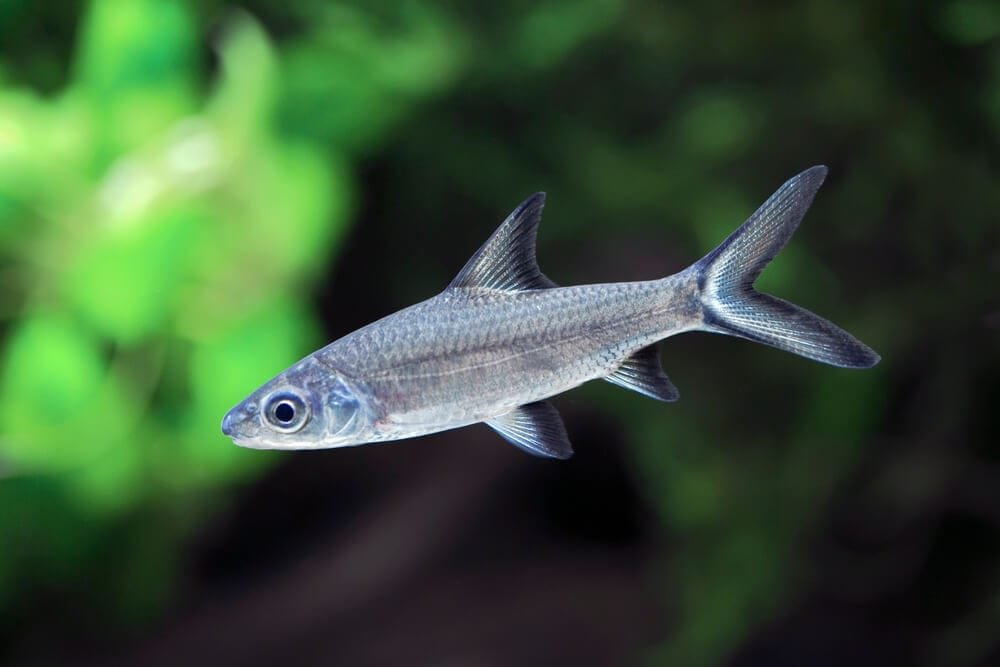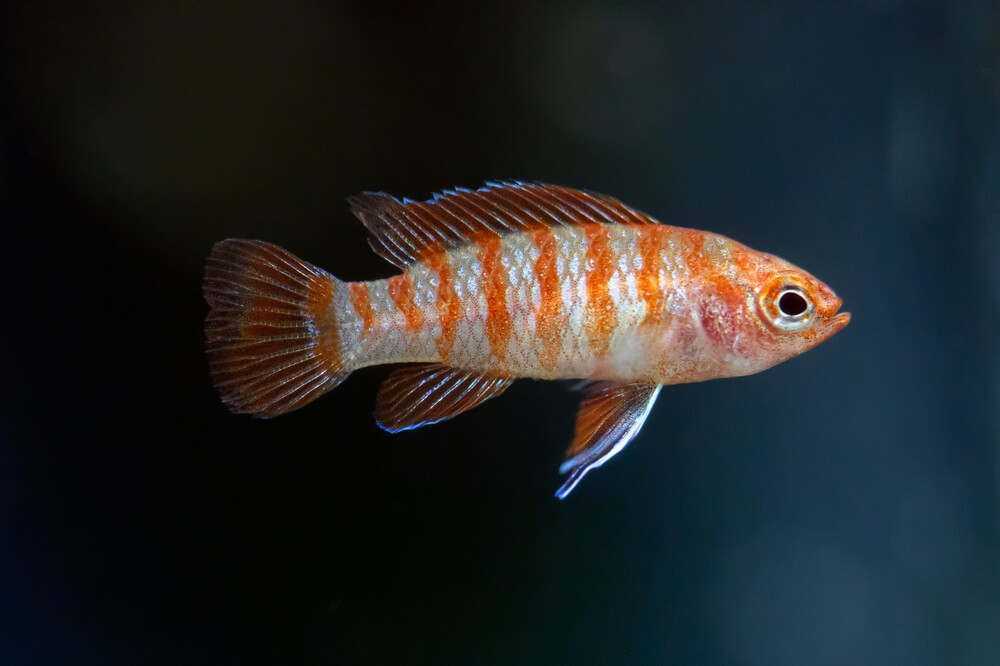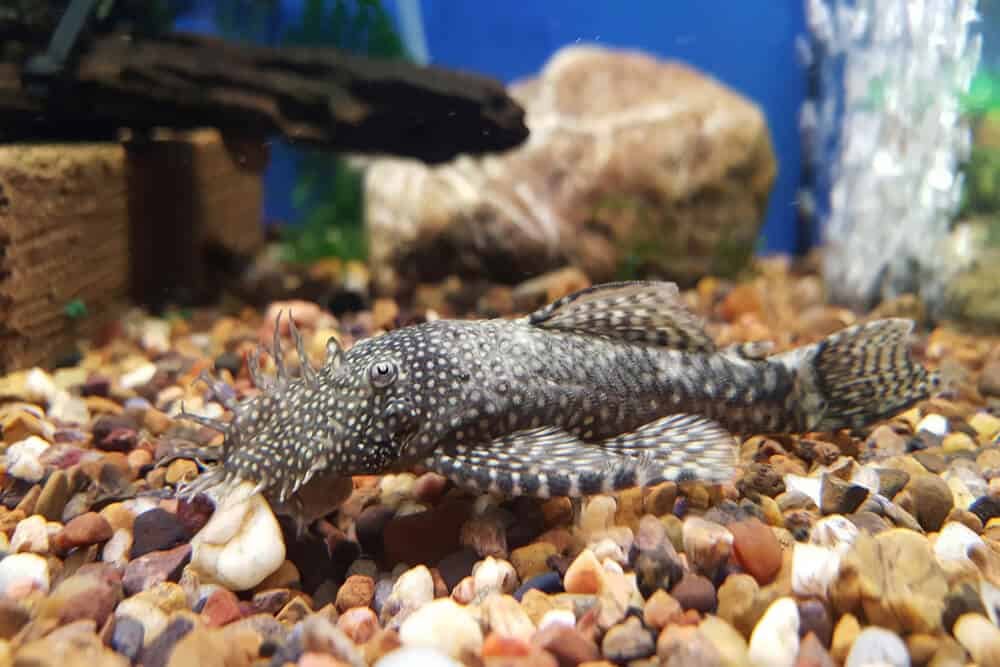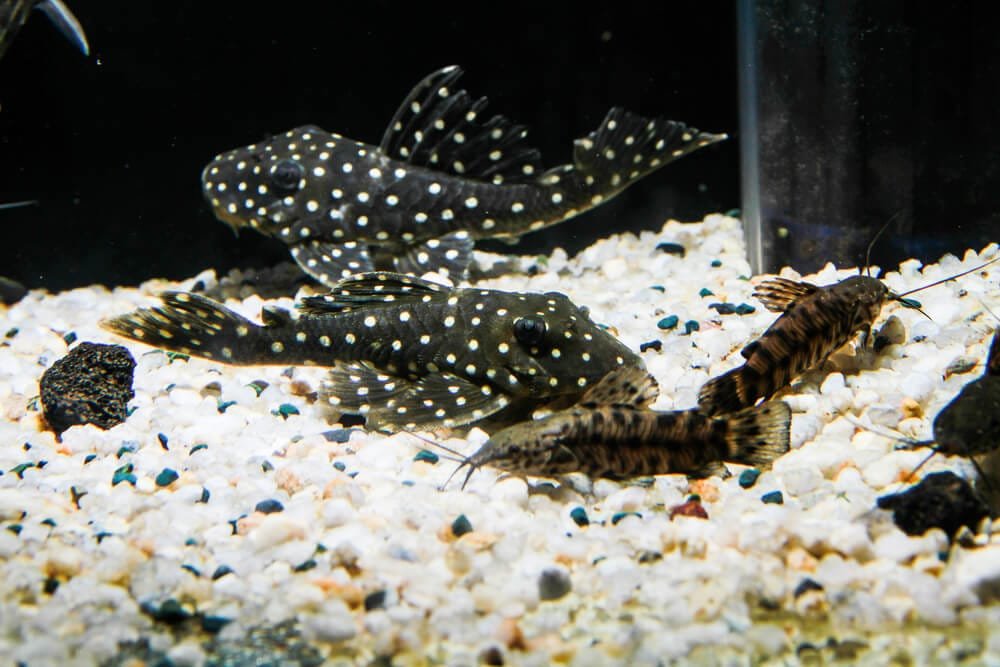Are Molly Fish Suitable For Beginners In Fishkeeping?
Are you a beginner in the world of fishkeeping and wondering if Molly Fish are the right choice for you? This article aims to answer that very question. Molly Fish, known for their vibrant colors and playful nature, are often recommended as a great option for beginners. However, there are certain aspects to consider before diving into this exciting hobby. From their care requirements to their compatibility with other fish, we will explore all the essential factors to determine if Molly Fish are indeed suitable for beginners in fishkeeping. So, let’s get started and find out if these beautiful creatures are the perfect addition to your aquatic world!
Molly Fish
Molly Fish are a popular choice for beginners in fishkeeping due to their attractive appearance, easy-going behavior, and various color varieties. They make a great addition to any aquarium and can thrive in a well-maintained tank. Whether you are a novice or an experienced aquarist, Molly Fish can bring joy and beauty to your aquatic world.
Appearance
Molly Fish are known for their vibrant colors and sleek, torpedo-shaped bodies. They come in a wide range of colors, including black, white, orange, and silver. Some Molly Fish even have unique patterns or a combination of colors, making them fascinating to observe. With their flowing fins and elegant movements, Molly Fish can add a touch of grace to any aquarium.
Behavior
One of the reasons why Molly Fish are favored by beginners is their peaceful and friendly nature. They are generally sociable and can coexist well with other peaceful fish species. Molly Fish are known to be active swimmers, constantly exploring their surroundings and interacting with tank mates. They also enjoy spending time near the top of the tank, making them a delightful species to observe.
Varieties
Molly Fish are available in various varieties, each with its own unique set of colors and patterns. Some popular varieties include the Black Molly, Dalmation Molly, and Sailfin Molly. Each variety adds its own flair to the aquarium, allowing you to create a visually appealing and diverse underwater world. With so many options to choose from, you can easily find a Molly Fish variety that suits your personal taste and preferences.
Requirements for Keeping Molly Fish
Before bringing Molly Fish into your aquarium, it is important to ensure that their needs are met. Consider the following requirements to provide a suitable environment for your Molly Fish:
Tank Size
Molly Fish require a tank that is at least 10 gallons in size. However, a larger tank is always better as it provides more swimming space and decreases the chances of territorial disputes. Providing ample space for your Molly Fish not only promotes their physical well-being but also allows them to exhibit their natural behaviors more freely.
Water Parameters
Molly Fish thrive in water that is kept within specific parameters. The ideal temperature range for Molly Fish is between 72°F and 82°F (22°C to 28°C). They prefer slightly alkaline to neutral water with a pH range of 7.5 to 8.5. It is important to monitor and maintain these parameters consistently to ensure the health and well-being of your Molly Fish.
Filtration and Aeration
Good filtration and aeration are crucial for keeping Molly Fish healthy and happy. A reliable filtration system helps to remove waste and toxins from the water, maintaining good water quality. Additionally, proper aeration ensures an oxygen-rich environment, which is essential for the well-being of your fish and the overall health of the aquarium ecosystem.
Tank Setup
When setting up the tank for your Molly Fish, it is important to provide hiding spots and ample swimming space. You can achieve this by incorporating live plants, rocks, and driftwood into the tank. These hiding spots not only give Molly Fish a sense of security but also serve as areas for exploration and foraging. Additionally, the use of a substrate such as gravel or sand helps to mimic the natural habitat of Molly Fish.
Tank Mates
Molly Fish are generally peaceful and can be kept with a variety of tank mates. However, it is important to choose compatible fish species that share similar temperaments and water requirements. Good tank mates for Molly Fish include other peaceful community fish, such as tetras, guppies, and catfish. Avoid keeping them with aggressive or fin-nipping species to prevent any potential conflicts or damage to their delicate fins.
Feeding Molly Fish
Proper nutrition is vital for the health and vitality of your Molly Fish. Here are some guidelines to ensure they receive a balanced diet:
Diet
Molly Fish are omnivorous, which means they eat both plant matter and small invertebrates. To provide a well-rounded diet, offer a combination of high-quality flake or pellet food as the primary diet. Additionally, you can supplement their diet with small portions of frozen or live foods such as brine shrimp, daphnia, or bloodworms. Including fresh vegetables such as peas and spinach can also be beneficial for their overall health.
Feeding Frequency
Molly Fish should be fed two to three times a day, with small portions that they can consume within a few minutes. Overfeeding can lead to health issues and poor water quality, so it is important to avoid excessive feeding. Monitoring their feeding habits and adjusting the portion size accordingly will help maintain a balanced diet and ensure their well-being.
Health and Maintenance
It is essential to keep an eye on the health of your Molly Fish and maintain proper water quality in their tank. Here are some key aspects to consider:
Common Diseases
Molly Fish are generally hardy and resistant to many diseases, but they can still be susceptible to common aquarium ailments such as fin rot, ich, or swim bladder disorders. Regular observation of their behavior, appearance, and water parameters can help identify any potential health issues. If necessary, consult with a knowledgeable aquarist or veterinarian to address any concerns and provide appropriate treatment.
Maintaining Water Quality
Maintaining good water quality is vital for the overall health and well-being of your Molly Fish. Regular water changes, testing for ammonia, nitrite, and nitrate levels, and monitoring the pH and temperature are important tasks for keeping the aquarium environment stable. A well-established nitrogen cycle and consistent water maintenance will contribute to the longevity and vitality of your Molly Fish.
Breeding Molly Fish
Breeding Molly Fish can be a fascinating experience for fishkeepers. Here are the key steps involved in the breeding process:
Sexing
To properly breed Molly Fish, it is important to identify the males and females. Male Molly Fish have a gonopodium, a modified anal fin used for internal fertilization, while females have a normal, rounded anal fin. Males are also smaller and more vibrant in color compared to females.
Breeding Process
To initiate breeding, it is recommended to keep a ratio of one male to two or three females in the tank. Molly Fish are livebearers, meaning the females give birth to live fry instead of laying eggs. Provide ample hiding spots in the tank, such as dense vegetation, to give the pregnant females a safe place to give birth and protect their fry. After mating, the gestation period can range from four to six weeks, depending on the conditions.
Raising Fry
Once the fry are born, it is crucial to separate them from the adult fish to prevent predation. Transfer them to a separate breeding tank or use a breeding net within the main tank to provide a safe environment. Feed the fry with finely crushed flake food or specialized fry food several times a day to ensure their proper growth and development. Raising fry can be a rewarding experience and observing their growth from birth to maturity is truly remarkable.
Advantages of Keeping Molly Fish
Keeping Molly Fish as pets offers several advantages, making them an excellent choice for beginners:
Hardiness
Molly Fish are known for their hardiness and adaptability to various water conditions. They can tolerate a wide range of temperatures and pH levels, making them relatively easy to care for. Their ability to thrive even in less-than-ideal conditions is a great advantage for beginners who may still be learning the intricacies of aquarium maintenance.
Availability and Affordability
Molly Fish are readily available in many pet stores and online retailers at affordable prices. Their popularity among fishkeepers means that they are often bred in large numbers, making them accessible to hobbyists on a budget. The variety of colors and patterns available also adds to their appeal and makes them an attractive option for aquarium enthusiasts.
Disadvantages of Keeping Molly Fish
While Molly Fish have many benefits, there are a few disadvantages to consider:
Aggression
In some cases, Molly Fish can display aggression towards other fish in the tank, especially if they feel their territory is threatened. Males may become territorial and exhibit aggressive behavior towards each other or other fish with similar appearances. It is important to provide ample hiding spots and space to reduce the risk of aggression and maintain a harmonious tank environment.
Water Parameter Sensitivity
Although Molly Fish are generally adaptable to different water conditions, they can still be sensitive to sudden changes. Fluctuations in temperature, pH, or water chemistry can stress or harm Molly Fish, leading to potential health issues. As a result, maintaining stable water parameters and gradual acclimation when introducing new fish or making changes to the tank are essential.
Conclusion
Molly Fish are indeed suitable for beginners in fishkeeping due to their attractive appearance, friendly behavior, and relatively easy care requirements. Their hardiness, availability, and affordability make them an excellent choice for both novice and experienced aquarists. With proper tank setup, regular maintenance, and attention to their well-being, Molly Fish can bring charm and vibrancy to any aquatic environment. So consider adding a few Molly Fish to your tank and enjoy the beauty and companionship they provide.







